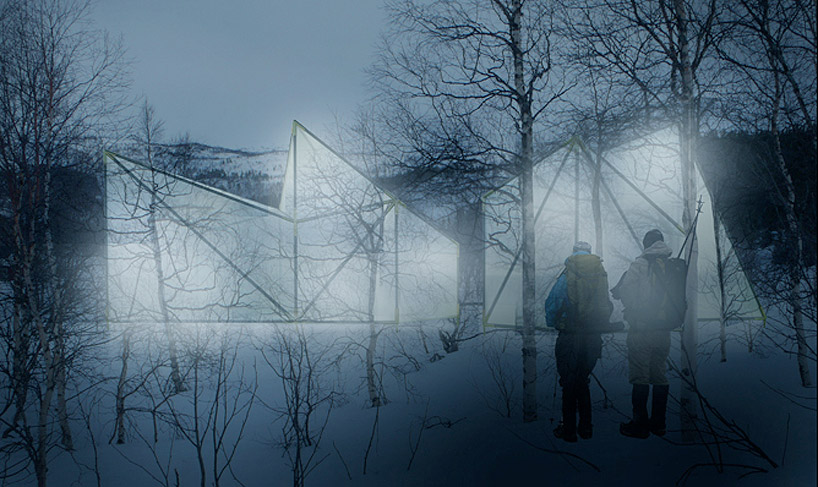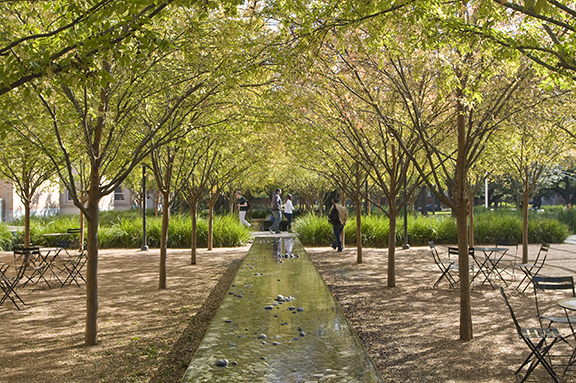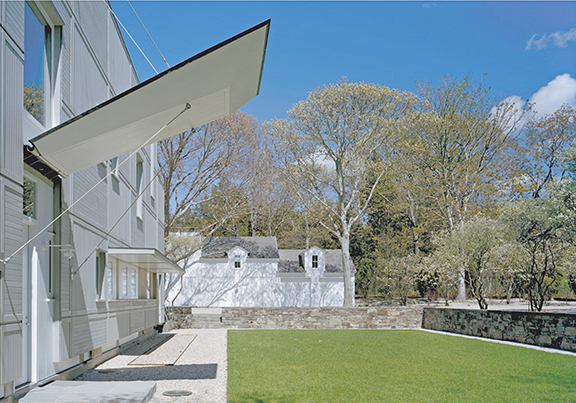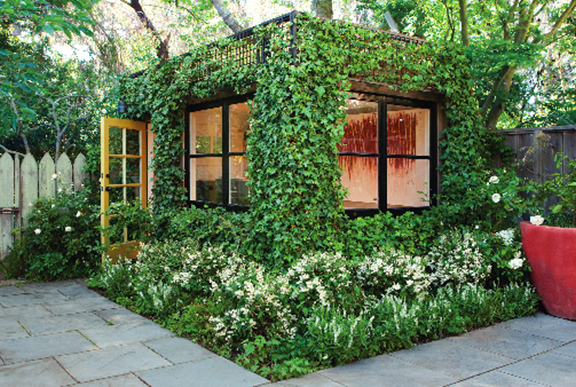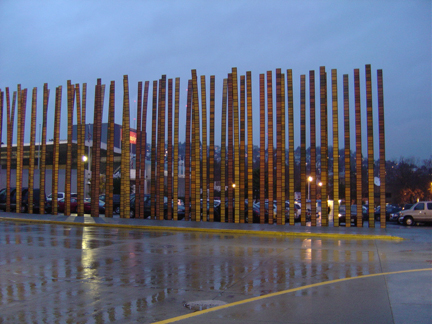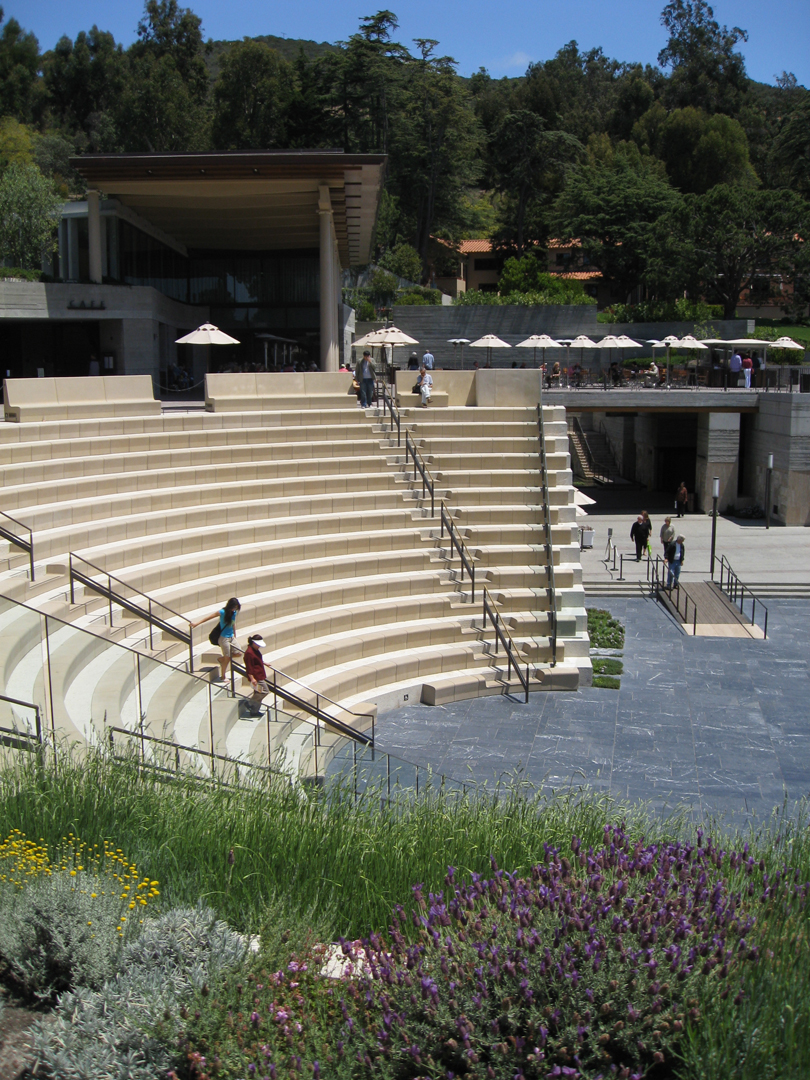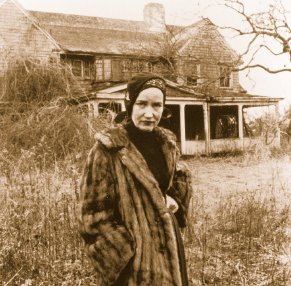I am prone to think of the Norwegian landscape as a place rich in folklore and fairy tales. As a child, I associated much of what I saw and experienced in Norwegian forests with my favorite books, and most of my memories and familiarity with Norway are those of a child visiting her grandparents. Mossy, lichen covered rocks, clearings full of wild blue berries, long cross country ski trips to frozen lakes make all of that magic just feel right.
Eriksen Skajaa Architects, PUSHAK Architects and Bjørbekk & Lindheim Landscape Architects recently won a competition to design a Gateway for Sjunkhatten National Park near Bodø, Norway. The project, titled Saivu, draws its formal vocabulary from the Sami language, nomadic building, and the romance of folklore and fairytale.
It has been difficult for me to reconcile the idyllic Norway in my head with the reality of a complex, contemporary society, and the surreality of recent events. This project is a thoughtful celebration of the Norwegian landscape, and I smile when I think about the wonder and delight a project like this can inspire.
